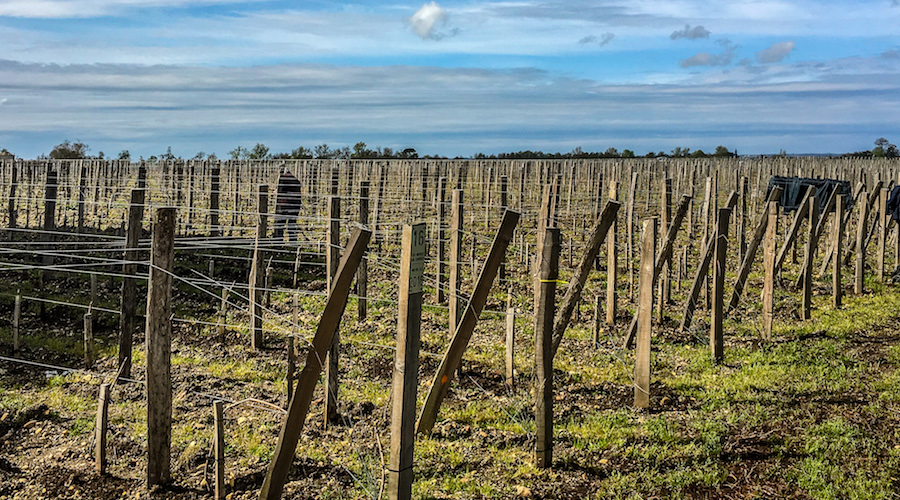One lump or two?
by CloMlr
2019-04-17

A secret of the greatest wines of the world is their balance of glucose and juicy fruit, offset with a certain amount of balancing natural acidity. Perception of sweetness is affected by additional factors beyond fruit acidity, such as oak barrels and amino acids.
The French have a word for a sweet-fruited, succulent mid-palate – sucrosité.
Even the most classic palates enjoy wines that show a crunchy sucrosité. Cross the line in a hot vintage though, and that perfect pitch sweetness turns sugary.
So what are the challenges behind trying to preserve the all-important mid palate character and aromatic profile in a vintage that’s the hottest in more than 50 years?
Feel vs numbers
Extreme climatic conditions challenged the current winemaking playbook by numbers. We suspect looking at the numbers alone to decide perfect phenolic maturity this year will not have worked as well as trusting in human judgement based on daily tasting of berries from across the myriad plots that make up a typical Château’s vineyard holdings.
Tea bags
In 2016 Figeac’s stunning success was in part down to an ultra-gentle infusion to minimise extraction. It was a year, like 2018, where polyphenals (tannins and colorants referred to as 'IPT' for short) were huge and needed gentle handling. Combine high IPT numbers with high alcohols and the potential to create an out-of-balance wine increases.
Stuck fermentation
High sugar levels in super-ripe fruit can be a worry in a vintage like 2018. Fermentations are prone to stall where high sugar levels feed rapidly rising alcohol levels. In many instances stuck fermentations can be kick-started by tipping in musts from other vats where the fermentation has already successfully completed. But there’s no getting away from the atypical character of the resulting wine. Of course extra sweetness can be offset with acidification in the cellar - permitted in Bordeaux as elsewhere.
To the manor born
It’s a year where terroir appears to have played a significant part in cutting the grade. However unfair this may seem, the best soils and expositions tended to deliver the best wines. A bit like a heat sink regulates and dissipates excessive temperatures, somehow so do the greatest vineyards.
As reported by Jane Anson in Decanter, Eric Kohler put it like this: 'even after 25 years of working at Lafite I continue to be full of admiration for this terroir. Other plots that we own reacted to the heat at times, but Lafite just kept sailing on as usual'.
One lump please
Away from top terroir, there were a lot of sugary mid-palates in 2018. You either enjoy the extra sweetness or you don’t. We’ll be avoiding the wines with more than one lump.
Posted in:
Tags:
bordeaux, Bordeaux 2018, fine wine, wine, winemaking,

